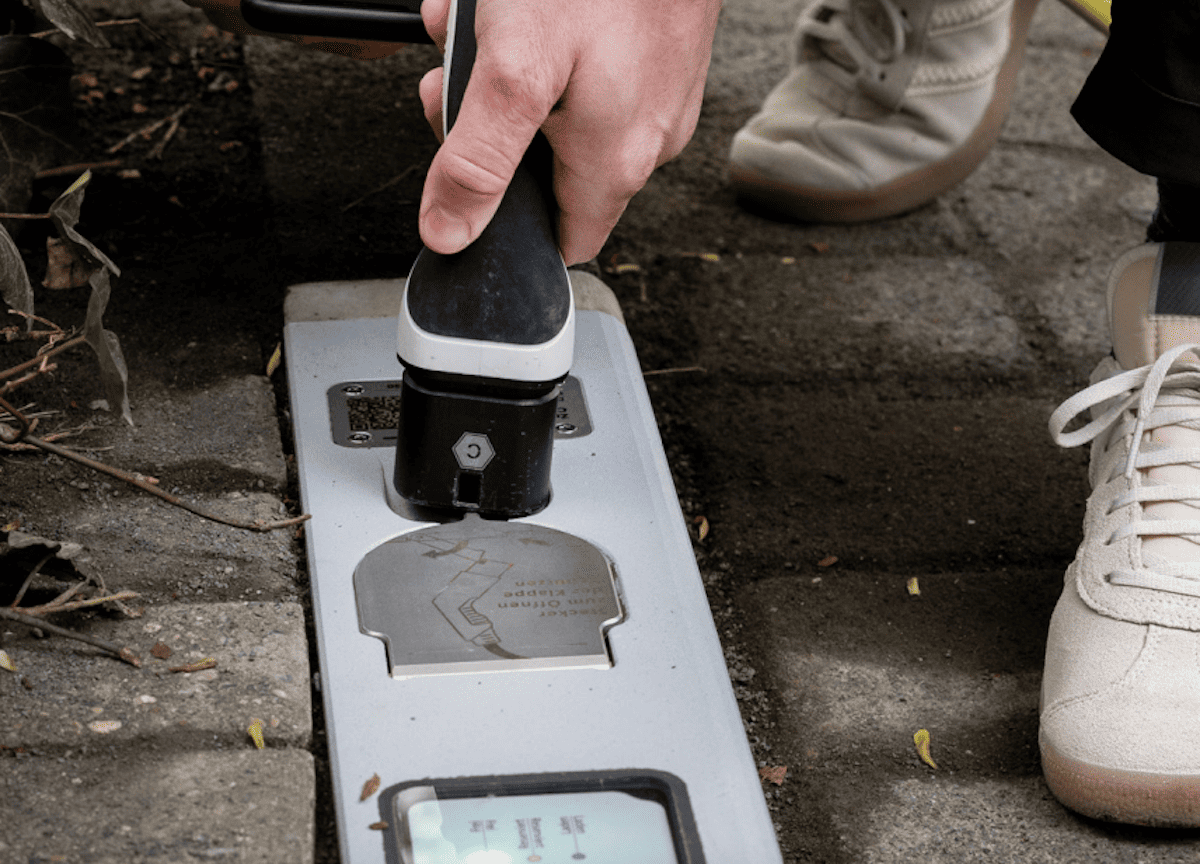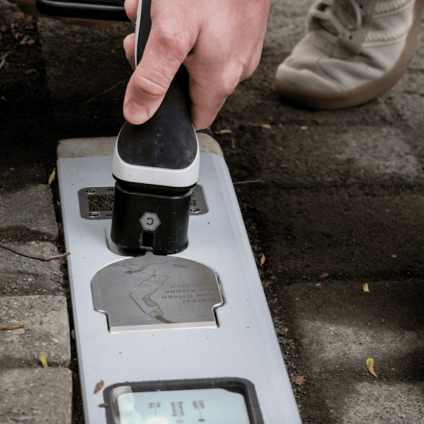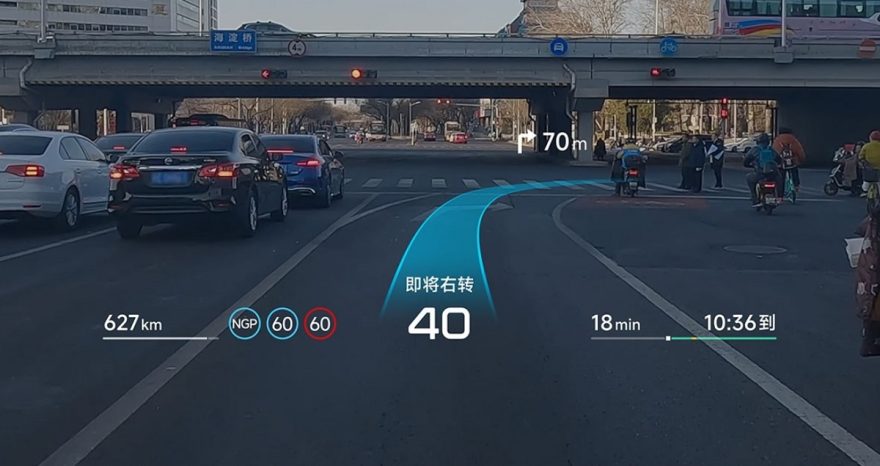Tested in Cologne, Germany’s curb charger offers a discreet and efficient way to charge electric vehicles from the curb, without bulky charging stations.

Curb charger, the urban EV charging solution from Germany
Charging your electric vehicle straight from the sidewalk? It could be a game changer for EV mobility and public charging infrastructure. A new technology from Germany could help accelerate electric vehicle adoption by turning ordinary curbs into smart charging points. The innovation, called a curb charger, is being developed by Rheinmetall AG, a major German defense contractor, and tested in Cologne in partnership with TankE GmbH, a local EV charging infrastructure operator.
What is a curb charger?
One year ago, a pilot program launched with four curb-integrated devices installed in public spaces. The goal: to test the system’s feasibility, urban design benefits, and user acceptance. During the testing phase, the curb chargers were used for two hours daily, completing over 2,800 charging cycles. Despite exposure to harsh weather conditions like rain and snow, the devices proved powerful and reliable. After this pilot phase, they are now set for full deployment.
How are curb chargers built?
The entire charging system is embedded within a standard concrete curb, enabling EVs to charge directly from the street without bulky or obstructive structures. “This redefines urban charging infrastructure, it’s compact, durable, barrier-free, and blends seamlessly with existing urban design,” said Christoph Müller, CEO of Rheinmetall’s Power Systems division.
Results from the pilot program
Over the course of the study, more than 50 MWh of energy was delivered, averaging about 19 kWh per session, enough for roughly 75 miles of range per charge. The system’s design allows for quick and easy maintenance by replacing the internal module inside the curb. As a result, it achieved an uptime of over 99%, with very low operating costs.
The system was used by 100 participants, who rated their experience an average of 4.38 out of 5. Notably, users over 60 gave particularly positive feedback, citing ease of use as the top advantage.
Pros and cons compared to traditional charging stations
Unlike conventional EV charging stations, curb chargers integrate naturally into the urban landscape. They are more resistant to vandalism, require less public space, and reduce tripping hazards from exposed charging cables. All it takes is parking your car and plugging in the cable.
The main drawback is visibility, which could be improved through signage or technology solutions like mobile apps. Since the device sits at street level, it can also get dirty more easily, a minor but potentially off-putting issue.
Addressing urban space constraints
Curb chargers could help cities overcome the growing challenge of limited public space by enabling fast, flexible, and cost-effective deployment of publicly accessible EV charging points. For EV drivers looking to charge near home, this could represent a practical and scalable option.













